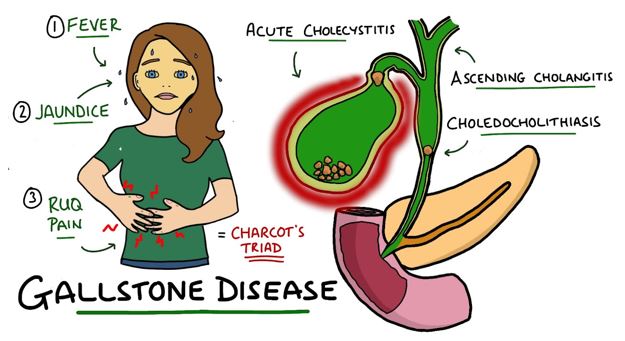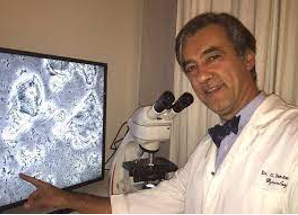Meet Ana Palmeire-de-Oliveira, Winner of the NeuEve Award for Best Contribution in Vulvo-Vaginitis Research!

From left to right:
Prof. Dr. Ljubomir Petricevic of Austria, Medical University of Vienna,
Ana Palmeire-de-Oliveira, University of Beira Interior,
Prof. Dr. Gilbert Donders of Belgium, President of ISIDOG
Congratulations to Ana Palmeira-de-Oliveira, for her important contribution to vulvo-vaginitis research!
Ana was awarded a travel scholarship from NeuEve for her journal article published in European Journal of Pharmaceutical Sciences.
NeuEve is very proud and we feel blessed to be able to support young scientists, especially in the extremely important field of woman's health!
She wrote the article: Vaginal semisolid products: Technological performance considering physiologic parameters
Here's the abstract:
Vaginal semisolid products are frequently used to treat vaginal infections and atrophy-related symptoms of menopause.
Formulations composition and the methods for their characterization, especially those developed concerning the target epithelia, are key tools to predict in vivo results at early stages of product development.
However, recent studies on this subject have been almost exclusively focused on anti-HIV preparations.
The aim of this work consists on improving traditional characterization methods by using physiological parameters in order to construct predictive tools to characterize a new ideal vaginal semisolid formulation whatever target it may have.
Ten vaginal antimicrobial and hormonal products already available in the market were studied (Gino-Canesten®, Sertopic®, Dermofix®, Gyno-pevaryl®, Lomexin®, Gino Travogen®, Dalacin V®, Ovestin®, Blissel®, Colpotrophine®).
Furthermore, Universal Placebo gel and Replens® were used for comparison.
Products were characterized in terms of: pH and buffering capacity in a vaginal fluid simulant (VFS); osmolality - directly and upon dilution in VFS; textural parameters (firmness, adhesiveness and bioadhesion) using vaginal ex vivo porcine epithelium; and viscosity (including VFS dilution at 37 °C and after administration on an ex vivo model).
Interestingly, the majority of the tested commercial vaginal formulations did not present technological characteristics close to the ideal ones when tested under target biological conditions.
The inclusion of such methodologic adaptations is expected to optimize cost-efficiency of new formulations development by predicting efficacy and safety profiles at early stages of product development.
© 2017 Elsevier B.V. All rights reserved.















Leave a comment